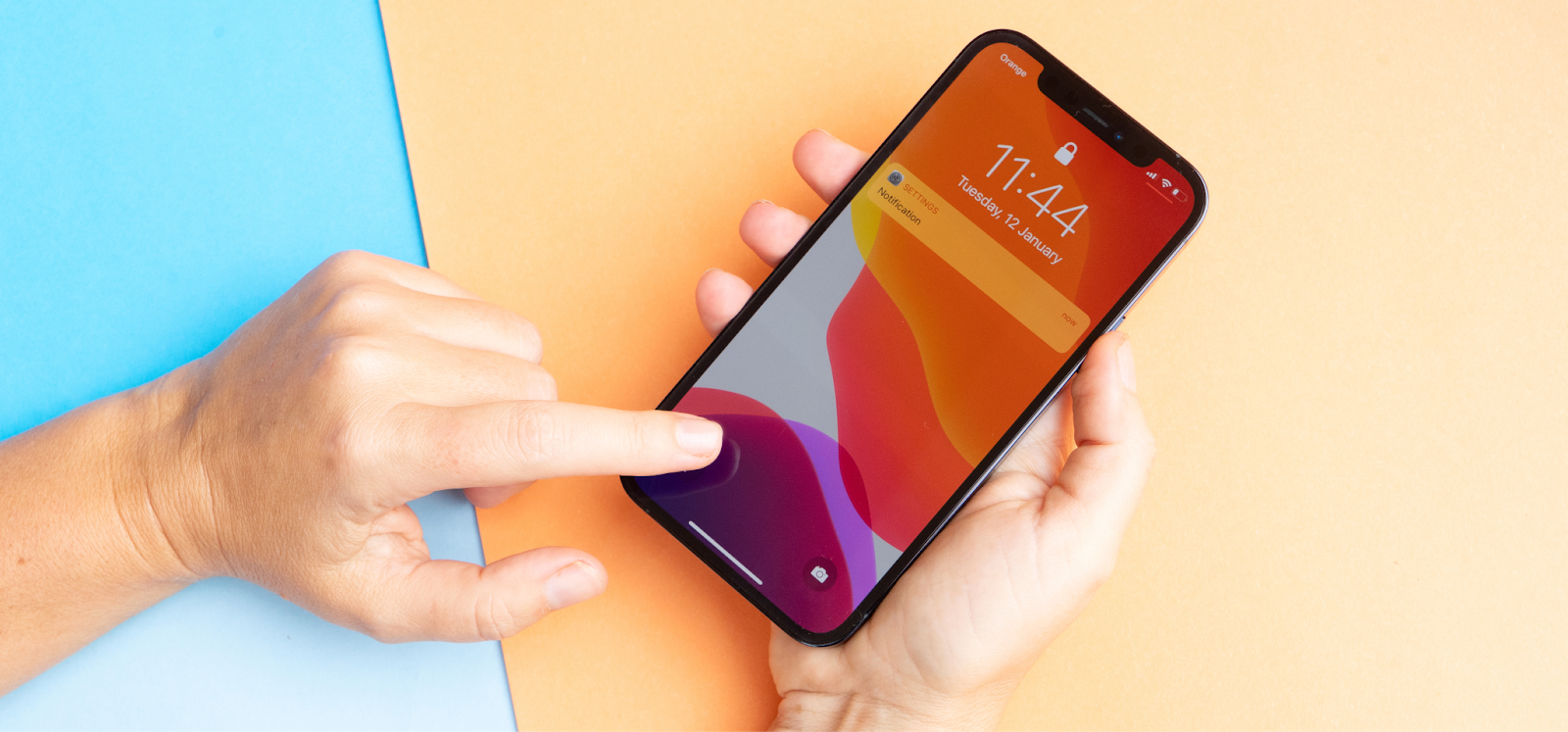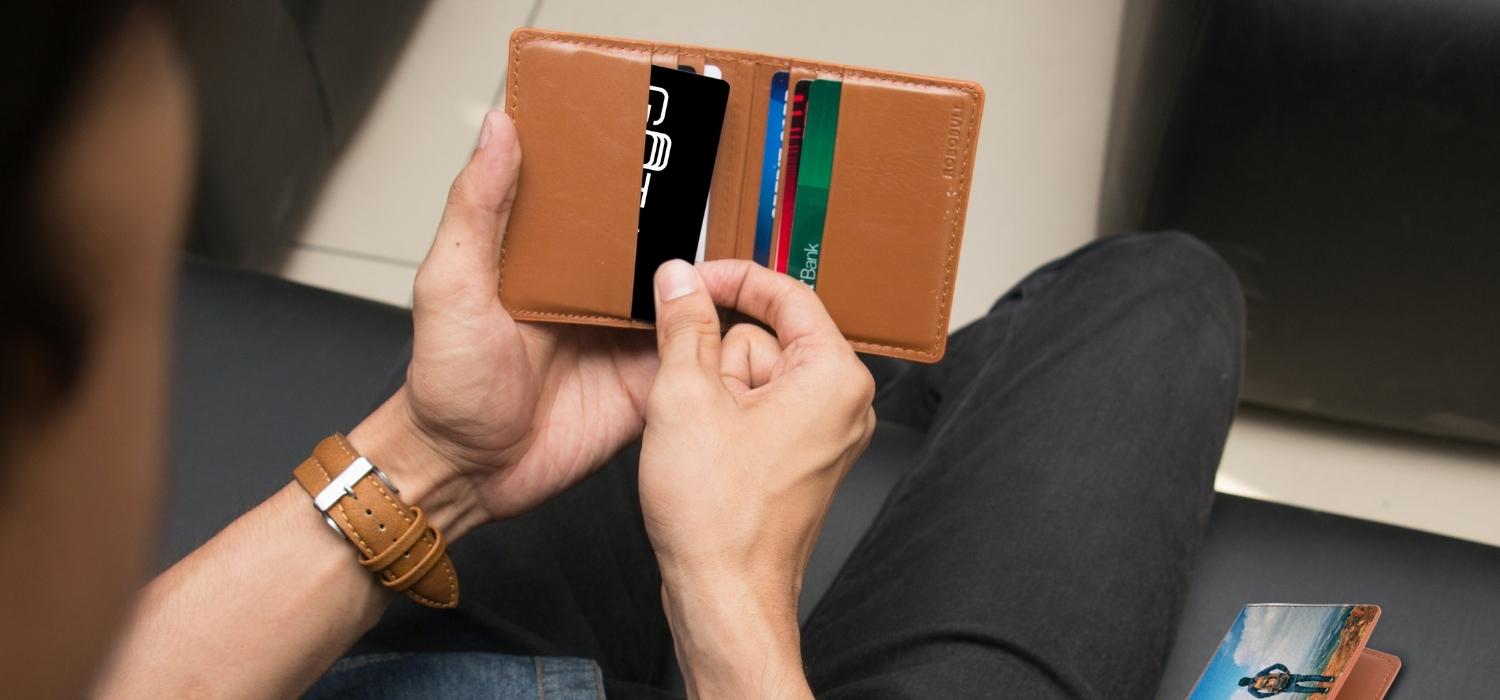The dining experience has always been more, than about the food itself. However, with the advent of the age QR codes have quietly made their way into this realm revolutionizing these aspects in ways we couldn’t have fathomed a few years ago. These unassuming codes that can be scanned have now become a part of our dining experience. In this article, we will discuss the application of Quick Response Codes in the food and beverage industry. Read more below!
The Growth of QR Codes for the Restaurant Business
A Short Introduction and Renewal
QR codes, also known as Quick Response Codes were first created in 1994. Looking at the time they have experienced a significant resurgence, particularly, within the restaurant sector. With the rise of the age and further fueled by the necessity for interactions, amidst the COVID-19 pandemic QR codes have discovered a fresh and essential purpose.
The Convenience Factor: The Growing Popularity of QR Codes
Picture yourself walking into a restaurant scanning a code and instantly accessing the menu, on your phone. You’ll find everything there. Pictures, descriptions, and prices. All are neatly organized for your convenience. This efficient approach does not cut down on waiting times. Also minimizes the need, for physical menus while offering an immersive visual dining experience right at your fingertips.
The Adoption of COVID-19
During the pandemic when it was important to maintain distancing and minimize contact QR codes emerged as a savior, for restaurants. They offered a touch solution for accessing menus placing orders and making payments. This made them crucial, in safeguarding the well-being of both the restaurant staff and the customers.
Read more: How To Use NFC Features For Smartphones?
Advantages of QR Codes for Restaurants
Contactless Menus: Secure and Practical
In a world, after the pandemic ensuring safety is important. QR codes provide a solution for guests to access the menu using their devices significantly minimizing the requirement to handle physical menus that have been touched by multiple individuals.
Easy and Quick Ordering Procedure
Customers can conveniently access an ordering platform by scanning a QR code. This allows them to place their orders without having to rely on a server enhancing the dining experience, with delightful service.
Availability of Extra Information
If you have a nut allergy or follow a vegan diet, QR-coded menus can provide a way to access information, about each dish. This includes ingredients, nutritional facts, and potential allergens. It allows diners to easily make choices based on their preferences and dietary needs.
Read more: Smart Card Effectiveness in Technology Business
Utilizing QR Codes to Improve the Dining Experience
Personalized Offers and Suggestions
By incorporating QR codes into a restaurant’s customer relationship management (CRM) system patrons can enjoy personalized offers and discounts tailored to their dining preferences. Imagine being pleasantly surprised, with a discounted price, on your dessert simply because it happens to be your visit this month.
Interactive Menus
Just picture yourself scanning a QR code and being able to watch enticing videos of mouth-watering dishes admire images of how they’re presented and receive helpful suggestions on which wine pairs perfectly with each meal. Interactive menus truly transform the process of selecting a meal into an immersive experience.
Speedy Payment Options and Check-Out
QR codes have the potential to greatly speed up the payment process. Customers can simply scan, pay and go whenever they’re ready without having to endure any waiting time that usually comes with asking for and paying the bill.
Read more: Smart Card Role In Business Sustainability
How QR Codes Are Used in Restaurants
Programs for Marketing and Loyalty
Restaurants have come up with a way to get diners to join their loyalty programs. By using QR codes. With a scan, diners can easily sign up and become regular customers. What’s more, restaurants can now send offers straight, to their customers’ phones, which helps to encourage repeat visits.
Easily Gathering Customer Feedback
No longer do we rely on paper feedback forms, from the past. Nowadays a QR code on the receipt can guide customers to a feedback form allowing them to easily and conveniently share their dining experience. This immediate feedback is extremely valuable, for restaurants aiming to enhance their service and ensure customer satisfaction.
POS (Point of Sale) System Integration for Streamlined Operations
QR codes can be seamlessly integrated into a restaurant’s point of sale (POS) system. This integration does not enhance the efficiency of order processing. Also minimizes the risk of human errors guaranteeing accurate and timely fulfillment of orders.
Read more: History of Name Card: How Paper Made Name Card Evolve Into Smart Card
Challenges and Things to Think About
Accessibility for People Who Don’t Know About QR Codes
Not all customers are familiar, with technology. Some older patrons or individuals who aren’t comfortable using smartphones may find it daunting to navigate a system that relies on QR codes. For these consumers to feel supported and catered to, restaurants must offer options and assistance.
Providing Users with Security and Privacy
There are security hazards involved with QR codes, just like there are with other digital tools. Restaurants must ensure that their codes are secure to protect customer data and that diners’ privacy is respected at all times.
Aesthetics vs. Functionality as Design Considerations
QR codes are undoubtedly useful. It is crucial to incorporate them into the restaurant’s aesthetic, in a well-thought-out manner. Placing the code in an overly conspicuous location can take away, from the dining atmosphere.
Read more: The Impact of Using Eco-Friendly Smart Cards on Business
Case Study
The Success of a Chic Urban Eatery
Let’s take a look at the example of a hip city restaurant that experienced a boost of 25%, in their customer loyalty program registrations when they introduced QR code-enabled tables. The addition of a menu, which included helpful wine pairing suggestions quickly became a hot topic of conversation and encouraged customers to share their experience, on social media and spread the word through recommendations.
The Seafood Restaurant That Improved the Dining Experience for Patrons
The seafood restaurant, by the coast, utilized QR codes to connect customers with videos showcasing the catch stories of the fishermen and the chefs’ techniques, for preparing the dishes. This approach of being transparent and engaging with customers. Also provided a distinctive and unforgettable dining experience.
Read more: Digital Business Card for Marketing: One of the Most Efficient Online Marketing Tools
Conclusion
In today’s age, where convenience and safety are of utmost importance QR codes have become more, than just a tool; they have become an essential part of the modern dining scene. They provide a combination of efficiency, interaction, and innovation that takes the dining experience to levels. From simplifying the ordering process to introducing informative menus Quick Response Codes codes are enhancing restaurants’ ability to offer not delicious food but also a complete and memorable dining experience. As technology continues to advance it is evident that these Quick Response Codes are not just a passing fad but a permanent fixture that is shaping how we enjoy our meals in restaurants, around the world.
In today’s changing world QR Codes have become a valuable asset, for adjusting and succeeding. As we’ve discussed in this article they go beyond being a fad; they are actively shaping the future of dining in meaningful manners. Read more of our blogs about facts and tips from the world of professionalism and technology. Visit our website here!


